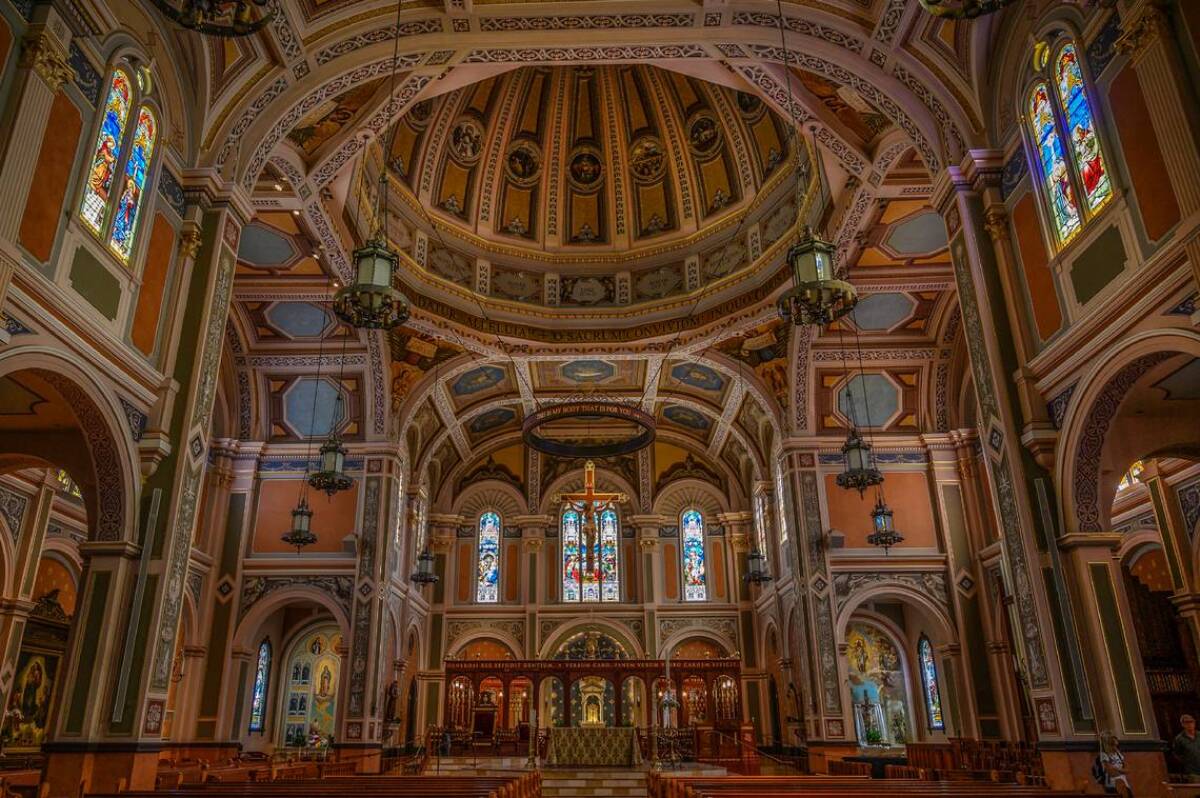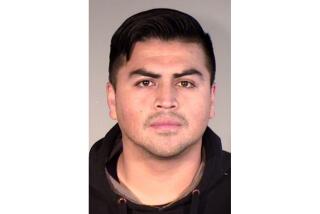Slew of child sexual abuse lawsuits could bankrupt the Diocese of Sacramento, bishop says

Hundreds of recently filed sexual abuse lawsuits could lead to the bankruptcy of the Catholic Diocese of Sacramento, the diocese’s bishop said this week in a letter to the congregation.
The diocese’s financial predicament stems from a law signed by Gov. Gavin Newsom in 2019 that temporarily lifted the statute of limitations regarding child sexual abuse lawsuits. The law extended the age at which victims could file civil lawsuits over abuse to 40. It had been 26.
The law also opened a three-year window in which victims of any age could file lawsuits. The window closed on Dec. 31, 2022.
More than 200 lawsuits alleging child sexual abuse were filed against the diocese as a result of the law, 80% of which stem from abuse that occurred in the 1980s or earlier.
By late 2022, more than 2,000 lawsuits had been filed against the Catholic Church statewide.
“To learn of this staggering number of claims is truly heartbreaking,” Bishop Jaime Soto wrote. “These claims represent real people whose lives have been damaged by the sins of individuals whom they had been taught to trust.”
Los Angeles County agrees to pay the Bryant family $28.5 million in a settlement over photos of the crash in which Kobe Bryant, the Lakers star’s daughter and seven others were killed.
Soto said he was committed to resolving all claims fairly but acknowledged the issues that might arise.
“Given the number of claims that have been presented ... resolving them may overwhelm the diocese’s finances available to satisfy such claims,” he wrote.
“This financial challenge is unlike anything we have faced before. I must consider what options are available to us, should the diocese become insolvent.”
The lawsuits filed against the Diocese of Sacramento and other dioceses in Northern California are being overseen by a judge in Alameda County, and the claims process is still in its early stages, Soto said.
But the Diocese of Sacramento is responsible for paying claims from a fund earmarked for that purpose, and Soto anticipates that it would be required to sell off some of its assets.
“Very little insurance coverage remains to cover abuse that occurred in past decades,” the diocese said on its website, and financial help from the Vatican “is not an option.”
“There are no Vatican funds available to us in this situation,” the diocese said.
One option, Soto said, would be for the diocese to file Chapter 11 bankruptcy, which would allow it to operate while attempting to pay out the rest of lawsuits.
“Importantly, in the context of a diocesan bankruptcy, victims of clergy sexual abuse would be represented in a bankruptcy proceeding, and a fund would be established to be distributed as fairly as possible,” Soto said.
Without that, Soto said, the first cases that go to trial and result in damages could financially devastate the diocese, leaving the remaining plaintiffs with nothing.
“We are in this situation because of grievous sins committed by individual priests ... and a smaller number of the laity in the diocese,” the diocese said on its website. “It is these evil acts that brought us to this place — not the victims of sexual abuse seeking justice.”
More to Read
Sign up for Essential California
The most important California stories and recommendations in your inbox every morning.
You may occasionally receive promotional content from the Los Angeles Times.












